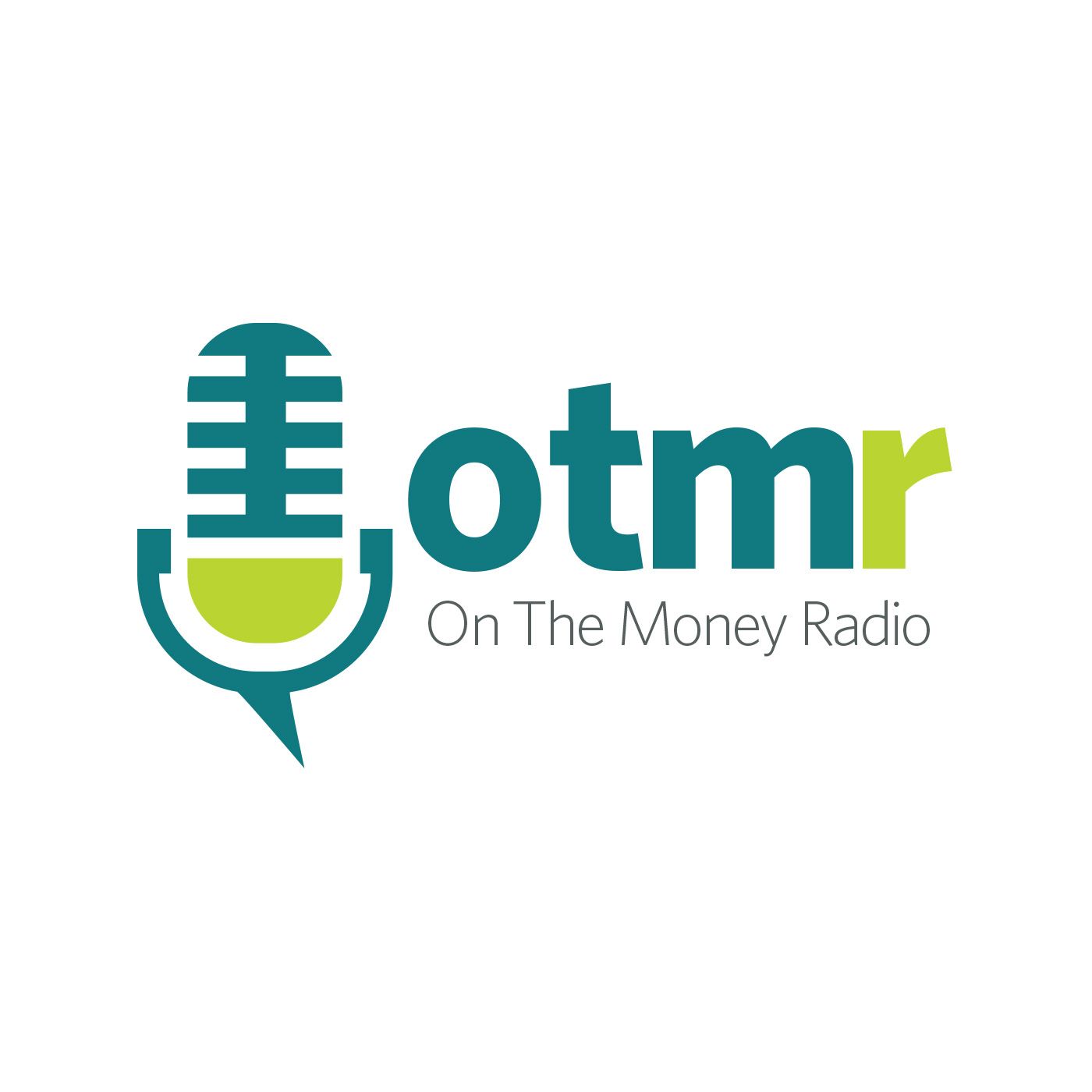How Panic Is Infecting Our Financial System

b"With\\xa0Professor Hal S. Scott, author and Nomura Professor and Director of the Program on International Financial Systems at Harvard Law School, Author of\\xa0Connectedness and Contagion: Protecting the Financial System from Panics
The impact of the financial crisis of 2008 ran deep. Everyone from the man on the street to the Federal Reserve felt the tremors to some degree.\\xa0 As a result, the US government instituted a series of regulations designed to prevent a replay of those events. But will they actually do the job?
Professor Hal Scott, the Nomura Professor and Director of the Program on International Financial Systems at Harvard Law School, is doubtful.\\xa0 In his book, Connectedness and Contagion: Protecting the Financial System from Panics, he explains his thesis.
Back in 2008, while the financial world was falling apart one banking and financial institution at a time, the Federal Reserve came to the rescue, like a caped crusader with a huge safety net. They guaranteed market funds after the failure of Lehman Brothers, lent money to those banks on the point of failure, and increased insurance limits on ordinary demand deposits, in essence, acting as the lender of last resort.
The contagion that Professor Scott refers to in his title is the irrational panic that causes everyone to want nothing more in such critical times than to withdraw their money and stuff it in a safe deposit box or under the mattress, all of which has a huge impact and can exacerbate an already shaky situation.
The collapse of the housing market got all the credit for the crash, when, actually, it was so much more complex, states Professor Scott. The decline in housing prices \\u201cevolved into something quite different where you had runs on money market funds that weren't holding anything, where companies like Xerox couldn't issue commercial paper.\\u201d \\xa0And it quickly became a panic about everything. During a financially vulnerable period, it\\u2019s obvious that depositors and investors are not privy to the same information as those on the inside of these financial institutions, so, mostly heeding the advice of their peers, the public becomes infected with distrust and fear allowing a \\u201chead to the hills\\u201d mentality to take over.
We just experienced a global version of this contagious fever with Brexit. The doomsday prophets were all over the media, and even though we haven\\u2019t seen it all play out yet, the sky did not fall on Europe\\u2019s head.
After the financial crisis of 2008, the US government passed the Dodd-Frank Wall Street Reform and Consumer Protection Act which imposed regulations on financial institutions designed to prevent another such outbreak. In his book, Professor Scott tells why he thinks the issue was incorrectly addressed. Dodd-Frank, he says, requires banks to shore up their capital in order to weather another financial crisis, but if panic takes over again and depositors demand their money, no amount of capital would be sufficient. In addition, many of the measures that successfully warded off disaster in 2008\\u2014 lender of last resort, deposit insurance, guarantees by the Treasury in the money market funds, and TARP\\u2014have now been restricted or eliminated.
Should another crisis occur, political or economical, Professor Scott says, \\u201cwe would not be in a really good position to fight it.\\u201d Congress and the public, to a degree, have become so averse to the idea of bailouts t..."